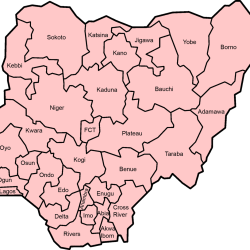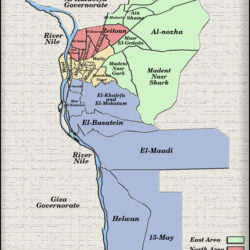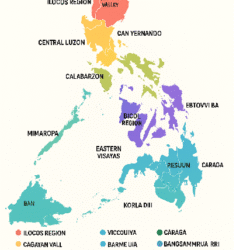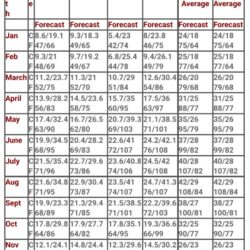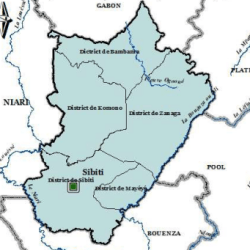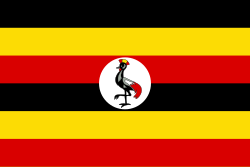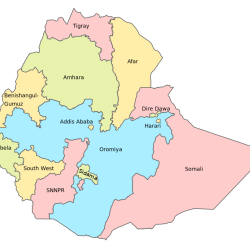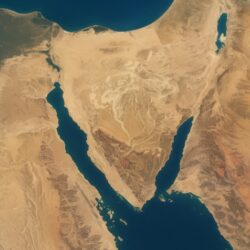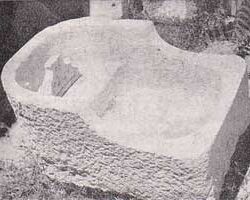Egypt has evolved from its Pharaonic roots into a modern republic with a sophisticated system of administrative governance. Spanning more than 1 million square kilometers and housing over 106 million citizens, Egypt is meticulously divided into multiple levels of administrative units that serve as the foundation for governance, development, and public services. Understanding these divisions is not just essential for policy-makers, urban planners, or researchers—but for anyone who wants a comprehensive insight into Egypt’s political and geographic structure.
The Administrative Structure of Egypt
Egypt follows a centralized local administration model governed by a legal framework that provides for either a two-tier or three-tier hierarchy, depending on the nature of the governorate. As of 2025, Egypt is divided into:
- 27 governorates (muḥāfaẓāt)
- Approximately 351 subdivisions (including cities, districts, and centers)
- Over 4,600 villages
Each governorate operates with a governor appointed by the President of Egypt, functioning akin to a cabinet minister. The governorates are further subdivided into centers (markaz), districts (ḥay), cities (madina), and villages (qarya), depending on the governorate’s rural or urban characteristics.
Historical Evolution of Administrative Divisions
Ancient and Medieval Periods
Egypt’s territorial divisions can be traced back to Pharaonic times when the land was split into nomes (districts). The Greeks and Romans continued this trend, refining it during their reigns. Later, during the Islamic era and Ottoman period, Egypt was organized into provinces and districts overseen by local leaders and administrators.
Post-1952 Republican Reforms
The 1952 revolution marked a turning point in administrative governance. Land reforms reduced the influence of local notables, and the state began to assert stronger control over rural areas. New laws formalized the administrative structure, with Law 43/1979 introducing decentralized elements and granting limited autonomy to local councils.
Mubarak Era to Present
Efforts at decentralization continued under Presidents Mubarak, Morsi, and Sisi, although practical local autonomy remains limited. As of 2025, the long-promised local council elections have not yet been implemented, leaving a gap in local democratic representation.
Regional Groupings in Urban Planning
For purposes of planning and regional development, Egypt’s governorates are grouped into seven major geographic and economic regions by the General Organization for Physical Planning (GOPP):
- Metropolitan Cairo
- Alexandria and Matrouh
- Canal Zone
- Delta
- Central Egypt
- North Upper Egypt
- Upper Egypt
These groupings help in allocating resources, managing development initiatives, and addressing region-specific challenges.
Metropolitan Cairo
Home to more than 10 million people, Cairo Governorate is the political, economic, and cultural heart of Egypt. As a city governorate, it is subdivided into districts only. The governor reports directly to the Prime Minister and is part of the National Governors’ Council. Giza, although part of Greater Cairo, is its own governorate and includes both urban and desert areas.
Alexandria and Matrouh
Alexandria is Egypt’s second-largest city and one of the four city governorates. With over 5.7 million people, it serves as a vital commercial and transportation hub. Matrouh, on the other hand, is sparsely populated and strategically located near the Libyan border, playing a crucial role in national security and tourism.
The Canal Zone
This zone includes Suez, Port Said, and Ismailia—each a city governorate. These cities border the Suez Canal, making the region a linchpin in international maritime trade. The canal contributes billions of dollars annually to Egypt’s economy.
The Nile Delta
Spanning governorates like Dakahlia, Sharqia, Beheira, and Kafr El-Sheikh, the Delta is Egypt’s breadbasket. With some of the highest population densities in the country, it is both an agricultural powerhouse and a development challenge due to water management and urban sprawl.
Central Egypt
This region includes governorates like Fayyoum and Beni Suef. It is known for its agricultural lands, desert extensions, and growing industrial zones. Strategic development projects have been launched here to boost local economies and infrastructure.
North Upper Egypt
Located just south of Central Egypt, this area includes governorates such as Minya and Asyut. It bridges the more developed central regions and the remote southern areas. Despite significant natural resources, it faces developmental lag and high poverty rates.
Upper Egypt
Upper Egypt comprises Sohag, Qena, Luxor, and Aswan. It is culturally rich and historically significant, containing some of the world’s most famous archaeological sites. However, it struggles with underdevelopment and limited access to quality education and healthcare.
Eastern Desert and Sinai
The governorates of Red Sea, South Sinai, North Sinai, and the New Valley fall under this category. These areas are known for their strategic importance, tourism hubs like Sharm El Sheikh, and emerging industrial zones such as in Ain Sokhna and Ras Gharib.
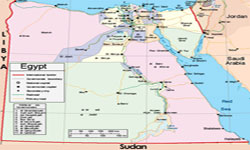
Governorates of Egypt (Complete List)
Here is the updated list of Egypt’s 27 governorates with recent population figures (2023 estimates):
- Cairo – 10,456,284
- Giza – 9,534,283
- Alexandria – 5,703,824
- Dakahlia – 7,058,212
- Sharqia – 8,032,683
- Qalyubia – 6,137,896
- Kafr El Sheikh – 3,731,540
- Gharbia – 5,483,000
- Monufia – 4,743,341
- Beheira – 6,940,234
- Damietta – 2,023,380
- Port Said – 835,193
- Suez – 843,385
- Ismailia – 1,482,999
- Beni Suef – 3,618,395
- Fayyoum – 4,141,222
- Minya – 6,332,918
- Asyut – 5,071,485
- Sohag – 5,714,903
- Qena – 3,651,215
- Luxor – 1,429,385
- Aswan – 1,698,201
- Red Sea – 409,394
- New Valley – 324,600
- Matrouh – 580,304
- North Sinai – 544,494
- South Sinai – 145,934
Socioeconomic Significance
Administrative divisions are fundamental to the country’s planning apparatus. Budget allocations, development initiatives, and infrastructure investments are all designed with these divisions in mind. Urban governorates like Cairo and Alexandria attract the most funding, while rural and desert regions often receive less due to sparse populations and logistical challenges.
Challenges in Administrative Governance
Despite the structured divisions, several challenges persist:
- Urban-rural divide: Services and infrastructure are disproportionately available in urban areas.
- Resource disparity: Poorer governorates in Upper Egypt struggle with limited resources and underfunded services.
- Delayed decentralization: Though constitutional provisions exist for local governance, implementation has been repeatedly postponed.
The Role of Digital Governance
Many governorates have launched digital portals to improve citizen engagement and transparency. While some are archived and outdated, others continue to offer services such as permit applications, news updates, and local council announcements.
Examples include:
- Cairo
- Alexandria
- Red Sea
Future Outlook
Egypt’s Vision 2030 and associated national projects emphasize regional development. Mega-projects like the New Administrative Capital, the Suez Canal Economic Zone, and desert reclamation in New Valley aim to rebalance growth across all regions. However, meaningful decentralization and revitalized local governance remain key to achieving these goals.
Egypt’s administrative divisions are not just bureaucratic constructs—they are the backbone of national governance, planning, and development. From Cairo’s bustling streets to the tranquil oases of the New Valley, each governorate, city, and village contributes uniquely to the nation’s identity and progress. As Egypt continues to modernize, reforming and empowering local governance will be vital to achieving equitable and sustainable development across this ancient yet ever-evolving land.
FAQs
1. How many governorates are there in Egypt as of 2025?
Egypt currently has 27 governorates, each managed by a governor appointed by the president.
2. What is the most populous governorate in Egypt?
Cairo Governorate, with a population exceeding 10 million, is the most populous.
3. What is the difference between a city governorate and a rural governorate?
City governorates consist solely of urban districts, while rural ones include cities, towns, and villages and follow a three-tier administrative structure.
4. What is the role of the New Urban Communities Authority (NUCA)?
NUCA oversees the planning and management of new urban areas outside the traditional governorate framework, especially in reclaimed desert lands.
5. Why are local council elections important in Egypt?
Local councils are essential for grassroots governance and citizen representation. Their absence limits local accountability and hampers development planning.



